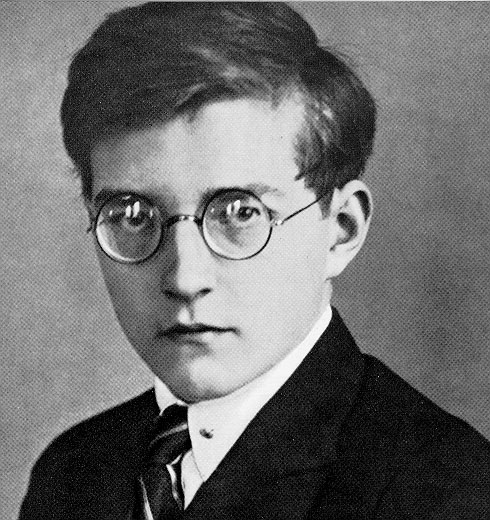Academy of St Martin in the Fields Chamber Ensemble at George Mason
By Stephen Brookes • The Washington Post • October 22, 2012
The Academy of St. Martin in the Fields is one of those orchestras so well-known that it’s become a modern musical icon, its name synonymous with impeccable musicianship, irreproachable British taste and performances so polished that they fairly gleam. There are several permutations of the group, and eight of its string players — who make up the Academy of St. Martin in the Fields Chamber Ensemble — arrived at George Mason University’s Center for the Arts on Sunday for an afternoon of mostly Romantic-era music that lived up to, and maybe even surpassed, the hype.
Led by violinist Thomas Bowes, the players opened with Johannes Brahms’s String Sextet No. 2 in G major, Op. 36. It’s a lush and deeply felt work — Brahms wrote it, the story goes, as a sort of farewell to his great love Agathe von Siebold — and the group approached it with tenderness and restraint, letting the music’s deep dramatic lines unfold in a deliberately paced, utterly natural way. Their sound is sweet and pure, their ensemble work airtight, and the playing purred along effortlessly. Even if you find Brahms a little long-winded at times — as some among us do — when his music is played this elegantly, you really don’t mind. The young ShostakovichThe next two pieces on the program formed an intriguing pair: octets written exactly 100 years apart, both by composers still in their teens, and each the diametric opposite of the other. Dmitri Shostakovich was only 18 when he wrote his 1925 Prelude and Scherzo for String Octet, Op. 11, and it’s a shockingly accomplished piece, brash and spiky and modernist and already full of the composer’s trademark bite. The ensemble gave it a brilliant performance, with edges so sharp that you could almost cut yourself on them.
The young ShostakovichThe next two pieces on the program formed an intriguing pair: octets written exactly 100 years apart, both by composers still in their teens, and each the diametric opposite of the other. Dmitri Shostakovich was only 18 when he wrote his 1925 Prelude and Scherzo for String Octet, Op. 11, and it’s a shockingly accomplished piece, brash and spiky and modernist and already full of the composer’s trademark bite. The ensemble gave it a brilliant performance, with edges so sharp that you could almost cut yourself on them.
The contrast could not have been greater with Felix Mendelssohn’s warm and embracing Octet for Strings in E-flat major, Op. 20, written in 1825, when the composer was 16. It’s often referred to as a musical miracle, and the description is apt: Not only is the thing absolutely captivating from beginning to end, but in its sweeping, symphonic scope, it feels like the work of a completely mature composer. The ensemble played it with obvious pleasure, turning in a luminous and often-breathtaking performance that won the musicians a standing ovation.


Reader Comments